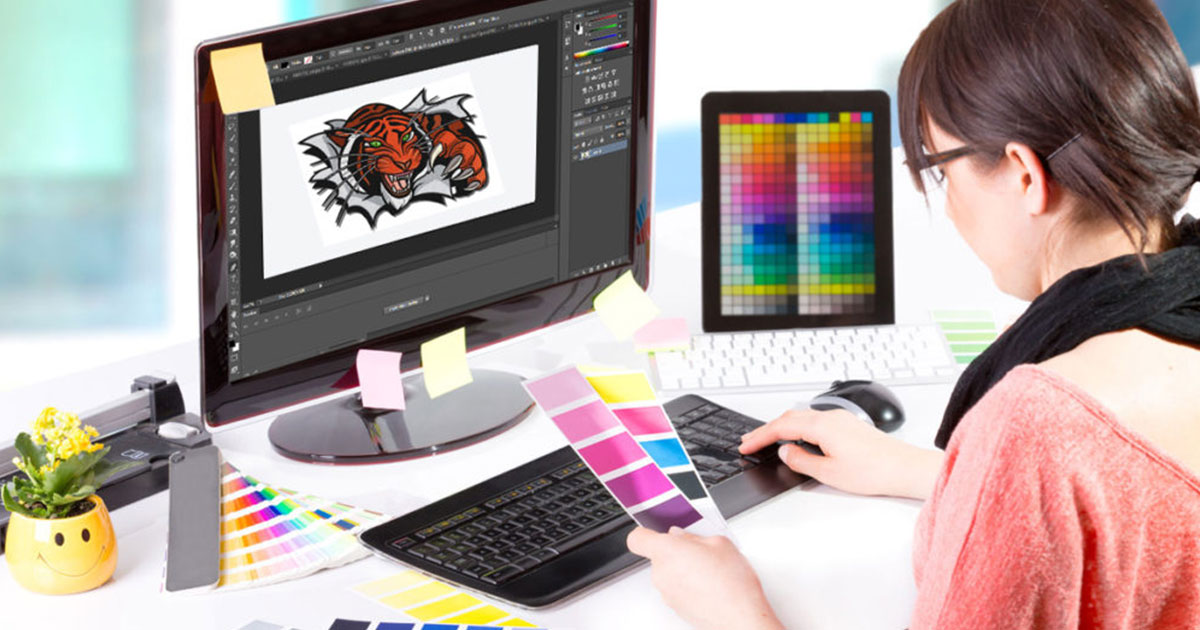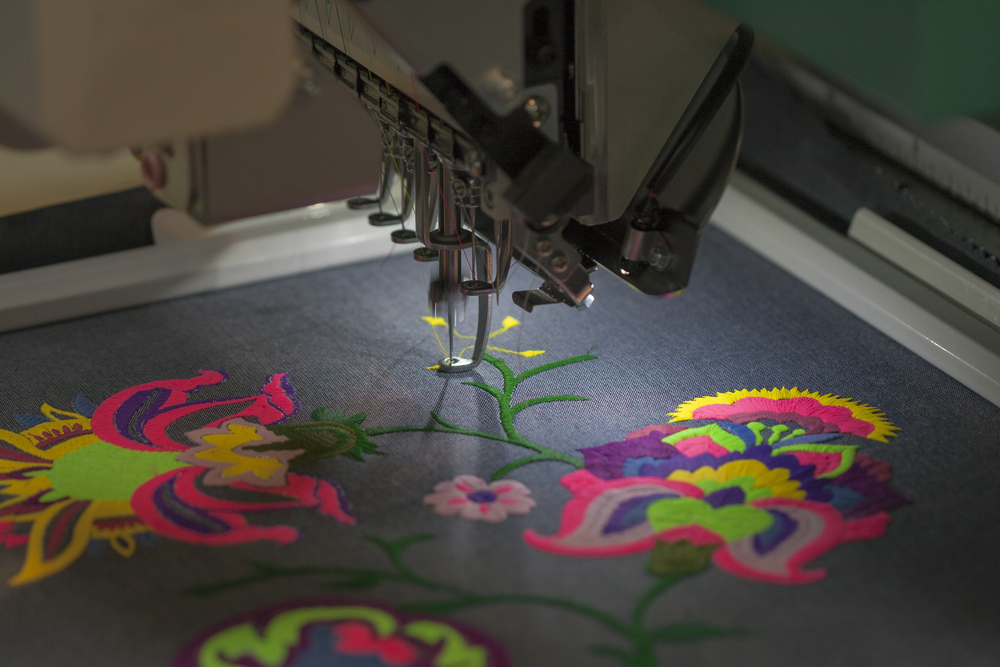Mastering the Needlework Digitizing Process: Your Ultimate Overview
Embroidery digitizing is a careful craft that needs accuracy and proficiency to equate detailed layouts right into electronic formats for device embroidery. As artisans embark on this trip to understand the needlework digitizing procedure, a detailed understanding of the fundamentals sets the foundation for excellence.

Recognizing Needlework Digitizing Basics
Embroidery digitizing fundamentals develop the structure whereupon intricate styles are equated right into machine-readable styles for specific sewing. This first step in the embroidery digitizing process is critical for guaranteeing that the final embroidered product is a loyal depiction of the initial design. Comprehending needlework digitizing essentials entails realizing vital ideas such as stitch kinds, stitch direction, density, padding, and draw settlement.
Sew types play a crucial duty in determining the visual and textural outcome of the embroidered design. By picking the ideal stitch kind, whether it be satin, fill, or running stitch, digitizers can achieve the desired effect and enhance the overall top quality of the needlework. Furthermore, stitch instructions affects the circulation and dimension of the design, while thickness establishes the spacing and protection of the stitches.
Moreover, rug sewing gives security to the design by securing the textile and preventing distortion during the embroidery procedure. Draw payment is one more necessary consideration to counteract the natural propensity of material to contract when sewn. Grasping these embroidery digitizing basics is basic for producing professional-quality embroidered products.
Selecting the Right Digitizing Software
Picking the appropriate digitizing software program is an important choice that substantially impacts the efficiency and high quality of the needlework digitizing procedure. Digitizing for Embroidery. When choosing the best digitizing software application, it is important to think about aspects such as the intricacy of designs you prepare to create, the user-friendliness of the software application, the degree of client support used, and the compatibility with your embroidery machine
There are different digitizing software choices readily available out there, ranging from fundamental programs for novices to innovative software application for expert digitizers. Some preferred choices include Wilcom EmbroideryStudio, Hatch Embroidery Software Application, and PulseID. These software packages provide a large range of tools and features to assist you develop detailed designs with ease.
Prior to making a choice, it is recommended to check out the various software program alternatives via free trials or demos to determine which one best fits your demands. Additionally, reading reviews and seeking recommendations from knowledgeable digitizers can give beneficial understandings into the staminas and weaknesses of each software package (Digitizing for Embroidery). By thoroughly assessing your requirements and comparing the features of various digitizing software program, you can make an enlightened selection that boosts your needlework digitizing workflow
Digitizing Tools and Techniques

Optimizing Layout Setup for Needlework
Understanding the intricacies of design settings is basic in achieving optimum outcomes in the embroidery digitizing procedure, structure upon the foundation laid by understanding digitizing tools and strategies. When enhancing style setups for needlework, it is important to think about aspects such as stitch type, density, padding, draw settlement, and enrollment. Sew type selection affects the general look and feeling of the design, with alternatives like satin, fill, and running stitches using various textures and results. Thickness refers to the spacing and density of stitches, influencing the style's coverage and toughness. Appropriate rug sewing supplies security and stops fabric distortion, specifically for complex styles or on elastic materials. Pull settlement adjusts for visite site fabric stretch throughout sewing, making sure exact layout replication. Registration settings line up various elements of the layout accurately, preserving overall style stability. By fine-tuning these layout setups, embroiderers can enhance the top quality and accuracy of their embroidered creations.

Troubleshooting Common Digitizing Issues
When encountering usual digitizing concerns during the needlework process, it is vital to understand the root creates and apply efficient remedies immediately. One typical problem is stitch density issues, where stitches may be too dense, triggering the textile to pucker, or as well sparse, causing gaps in the layout. Changing the stitch thickness setups in the digitizing software can aid fix this issue.
Another regular obstacle is string breaks throughout the needlework process. This can take place due to various factors such as inaccurate tension setups, plain needles, or using low-quality string. Guaranteeing correct maintenance of the embroidery machine, consisting of routine needle adjustments and stress changes, can decrease the occurrence of thread breaks.
Additionally, design registration mistakes can result in misaligned aspects within the embroidery style. Checking the design alignment in the digitizing software program and making necessary modifications before sewing can assist in preventing this issue. By attending to these usual digitizing concerns promptly and effectively, you can ensure a smoother embroidery process and top notch completed items.
Verdict
In conclusion, understanding the embroidery digitizing procedure description requires a solid understanding of the basics, the best selection of software, and knowledge of devices and techniques. Optimizing design setups and troubleshooting typical digitizing concerns are vital action in making sure high-quality needlework outcomes. By adhering to these actions faithfully, one can attain precision and efficiency in the digitizing process.